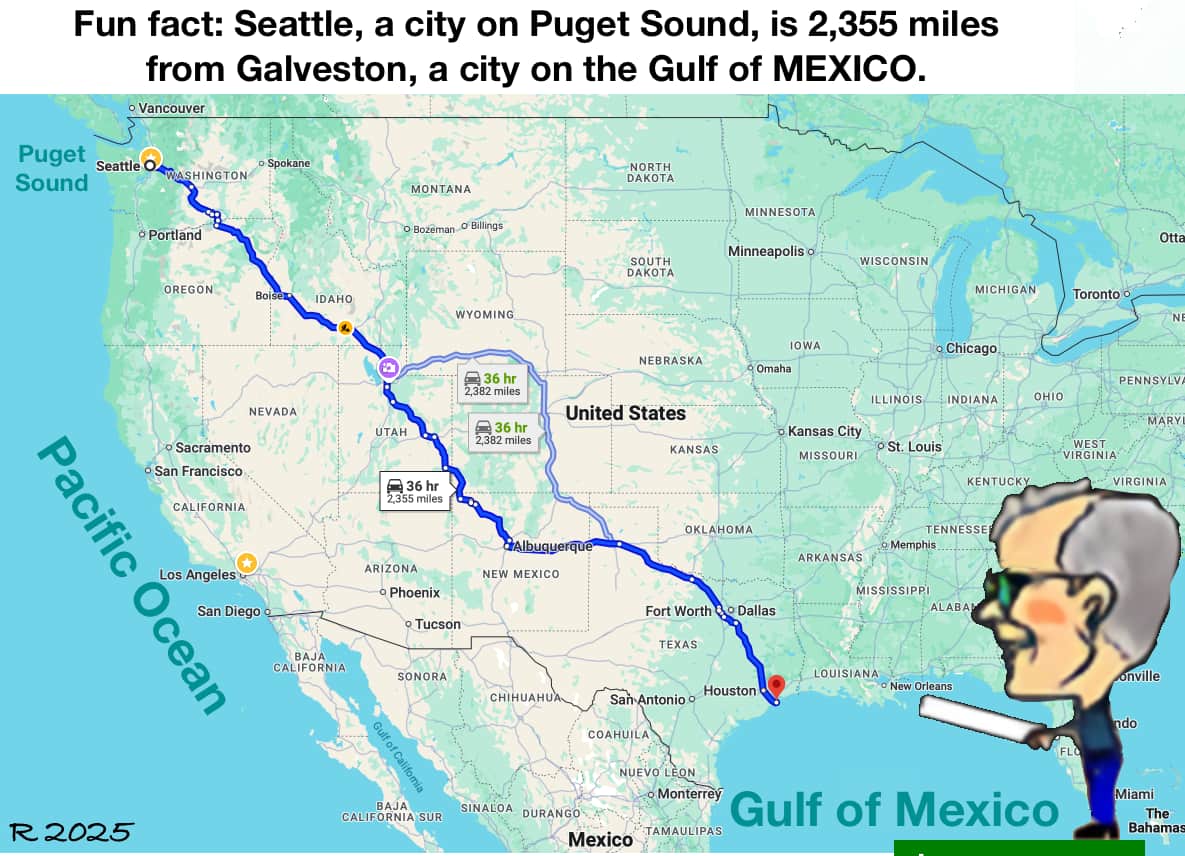Since 2006, the National Popular Vote bill has been enacted by 15 states and the District of Columbia (together possessing 196 electoral votes), including 4 small states (DE, HI, RI, VT), 8 medium-sized states (CO, CT, MD, MA, NJ, NM, OR, WA), and 3 big states (CA, IL, NY).
The bill will take effect when enacted by states with 74 more electoral votes (for a total of 270).
The bill has passed at least one legislative chamber in 9 additional states with 88 electoral votes (AR, AZ, ME, MI, MN, NC, NV, OK, VA), including the Republican-controlled Arizona House and Oklahoma Senate. 3,471 state legislators have endorsed it.
The U.S. Constitution (Article II) gives states exclusive control over awarding their electoral votes:
“Each State shall appoint, in such Manner as the Legislature thereof may direct, a
Number of Electors....”
The shortcomings of the current system stem from state “winner-take-all” laws that award all of a state’s electoral votes to the candidate receiving the most popular votes in each state.
The winner-take-all method of awarding electoral votes is not in the U.S. Constitution. It was not debated at the 1787 Constitutional Convention. It was not mentioned in the Federalist Papers. It was used by only three states in the first presidential election in 1789 (and all three repealed it by 1800).
Because of these state winner-take-all laws, presidential candidates ignore states where they are safely ahead or hopelessly behind. In 2012, all of the general-election campaign events (and virtually all campaign expenditures) were concentrated in the 12 states where Romney’s support was between 45% and 51%. Two-thirds of the events were in four states (OH, FL, VA, IA). Thirty-eight states were ignored, including 12 of the 13 smallest states and almost all rural, agricultural, Southern, Western, and Northeastern states. Similarly, in 2016, virtually all campaign events (94%) were in the 12 states where Trump’s support was between 43% and 51%. Two-thirds of the events (273 of 399) were in just 6 states (OH, FL, VA, NC, PA, MI). A similar pattern prevailed in 2000, 2004, 2008, and is expected in 2020.
State winner-take-all laws have enabled 5 of our 45 Presidents to come into office without winning the most popular votes nationwide. The national popular vote winner also would have been defeated by a shift of 59,393 popular votes in Ohio in 2004 (despite President Bush’s nationwide lead of 3 million votes); 9,246 votes in 1976; 77,726 in 1968; 9,212 in 1960; 20,360 in 1948; and 1,711 votes in 1916.
The National Popular Vote interstate compact will go into effect when enacted by states with a majority of the presidential electors—that is, 270 of 538. After the compact comes into effect, every voter in all 50 states and DC will acquire a direct vote in the choice of all of the presidential electors from all of the states that enacted the compact. The presidential candidate supported by the most voters in all 50 states and DC will thereby win a majority of the presidential electors in the Electoral College (at least 270), and therefore become President.
Under the current state-by-state winner-take-all system, the individual voter influences only the choice of the limited number of presidential electors from their own state. Under National Popular Vote, every voter in all 50 states and DC will have a direct vote in choosing 270 (or more) presidential electors.
The National Popular Vote compact would make every person’s vote equal throughout the U.S. It would ensure that every vote, in every state, will matter in every presidential election.
The National Popular Vote compact is a state-based approach that retains the power of the states to control how the President is elected, retains state control of elections, and retains the Electoral College. For additional information, see our book Every Vote Equal: A State-Based Plan for Electing the President by National Popular Vote are downloadable for free here>. Answers to 131 myths are here.

